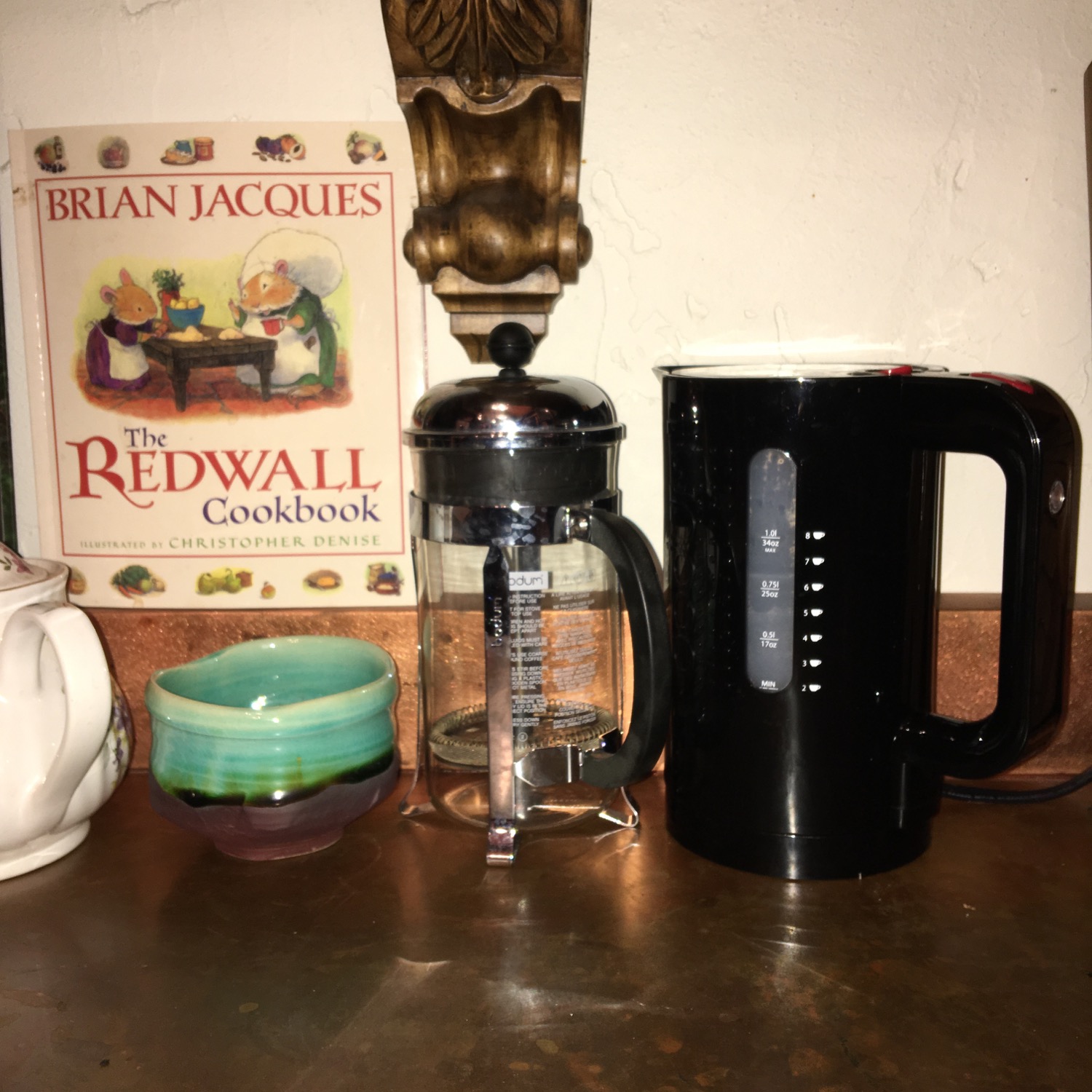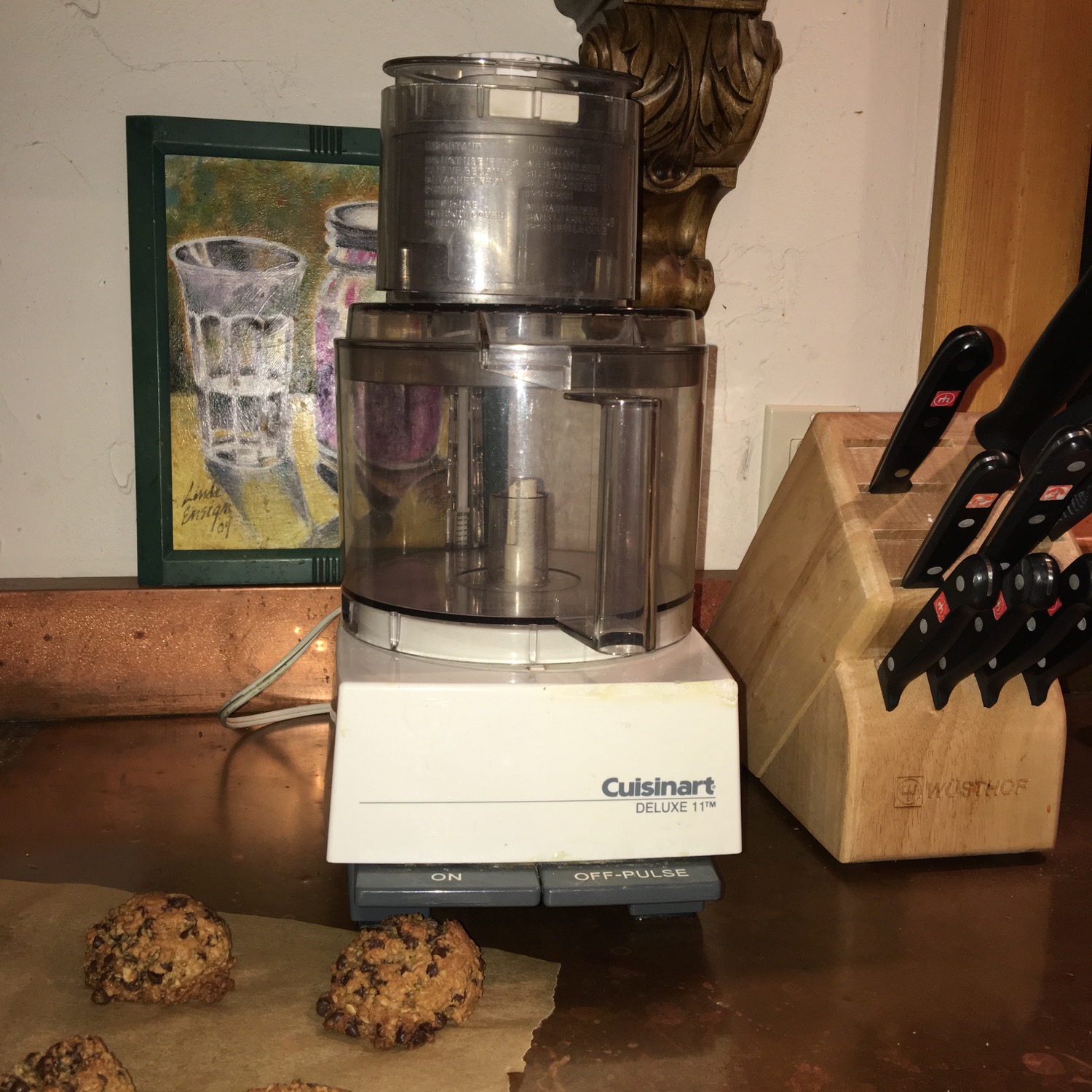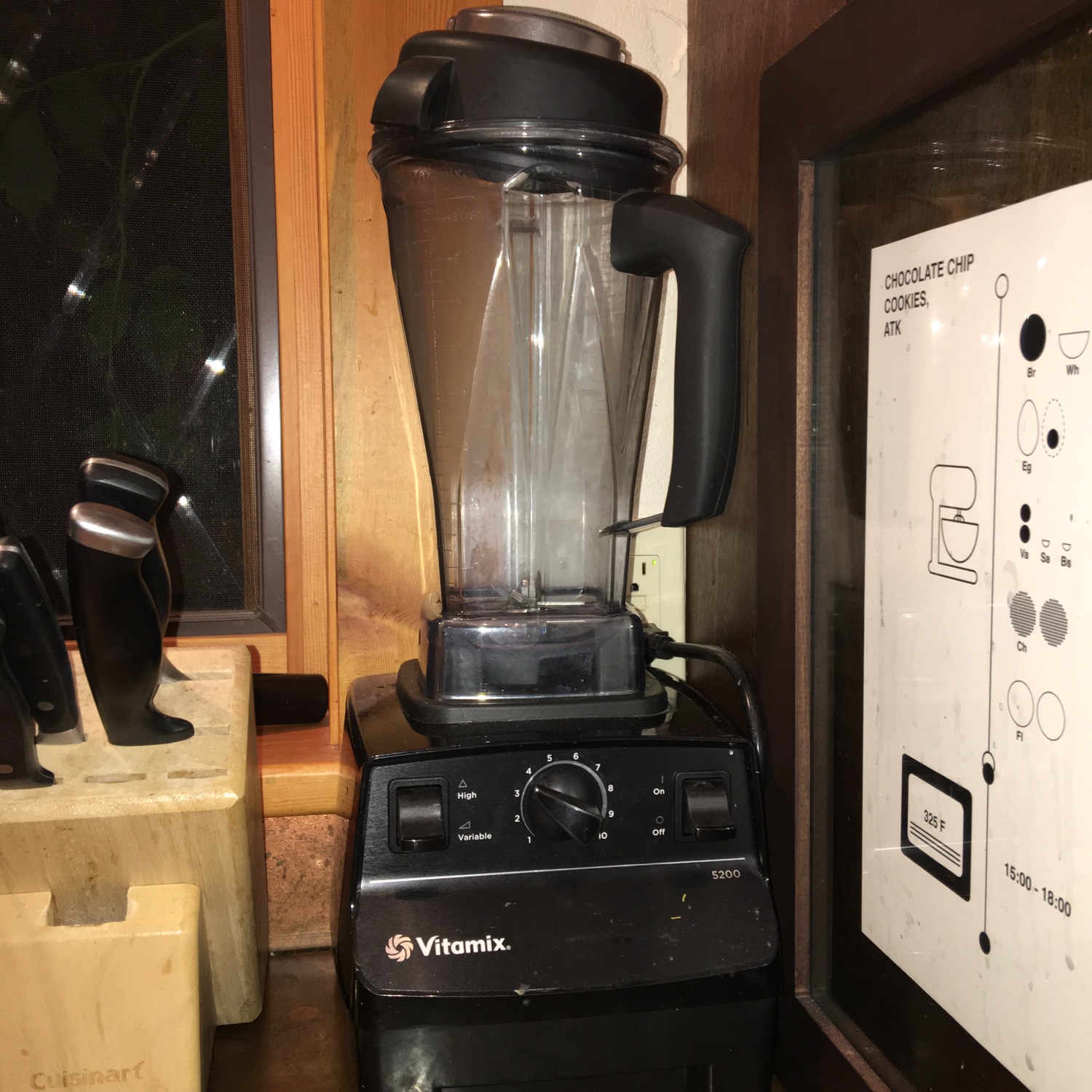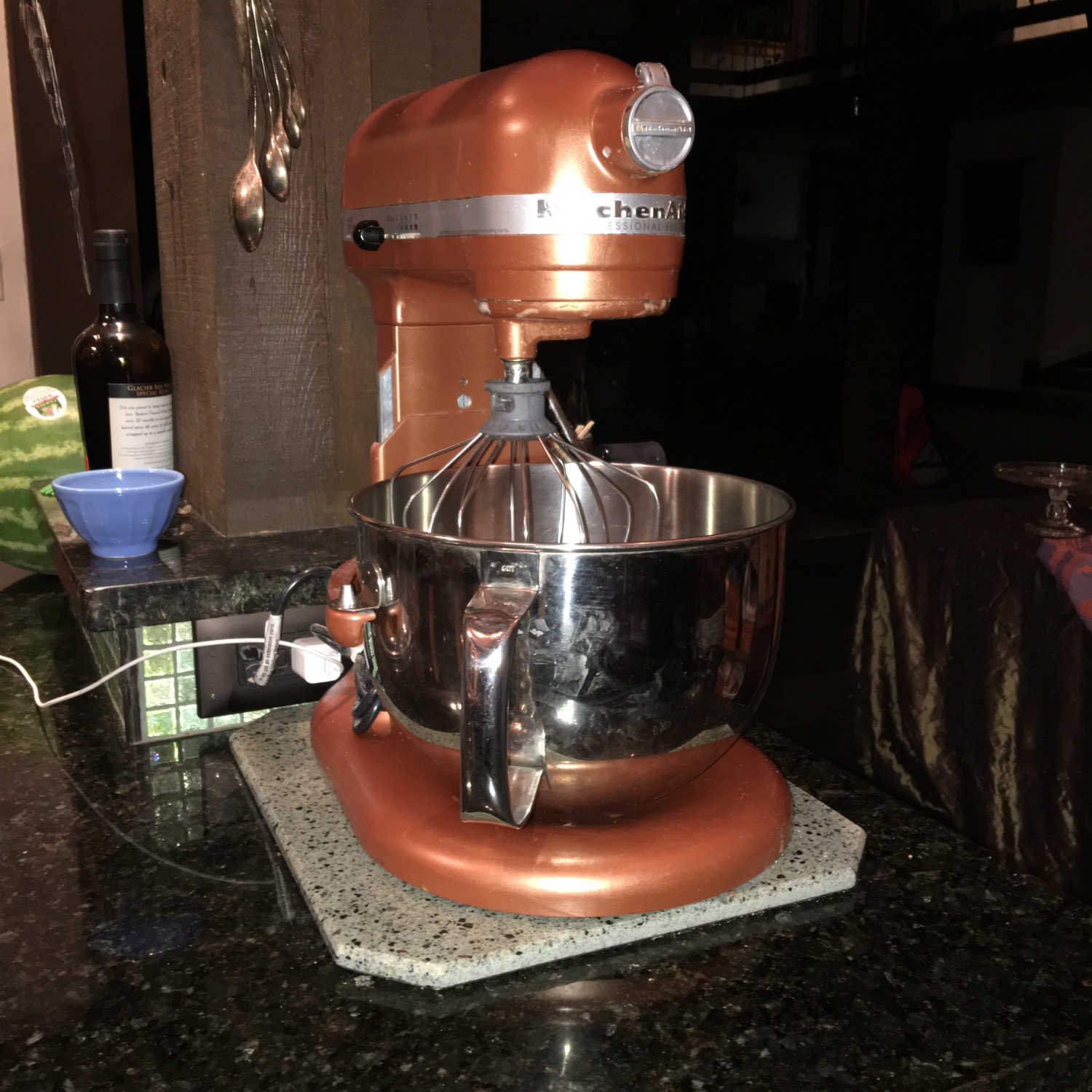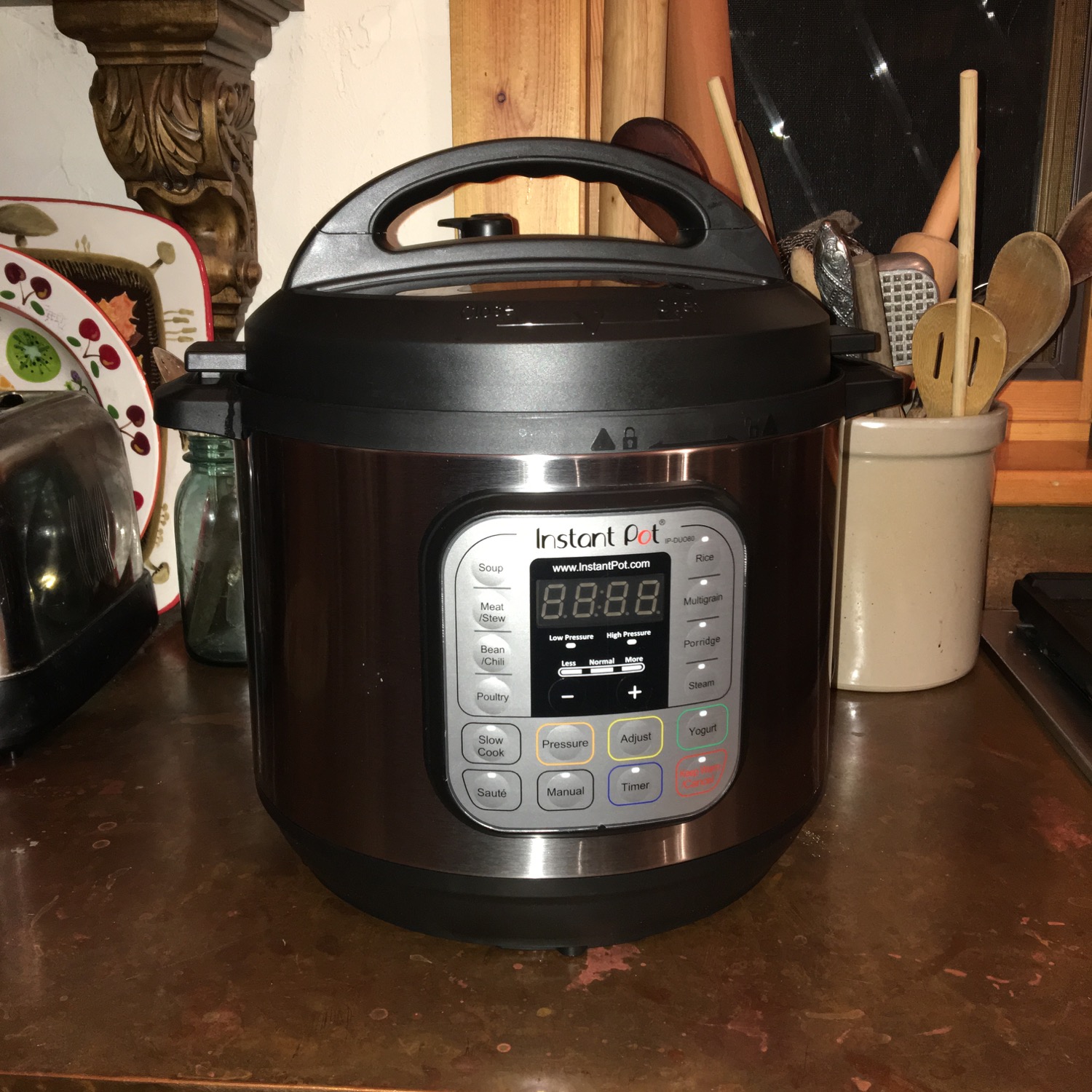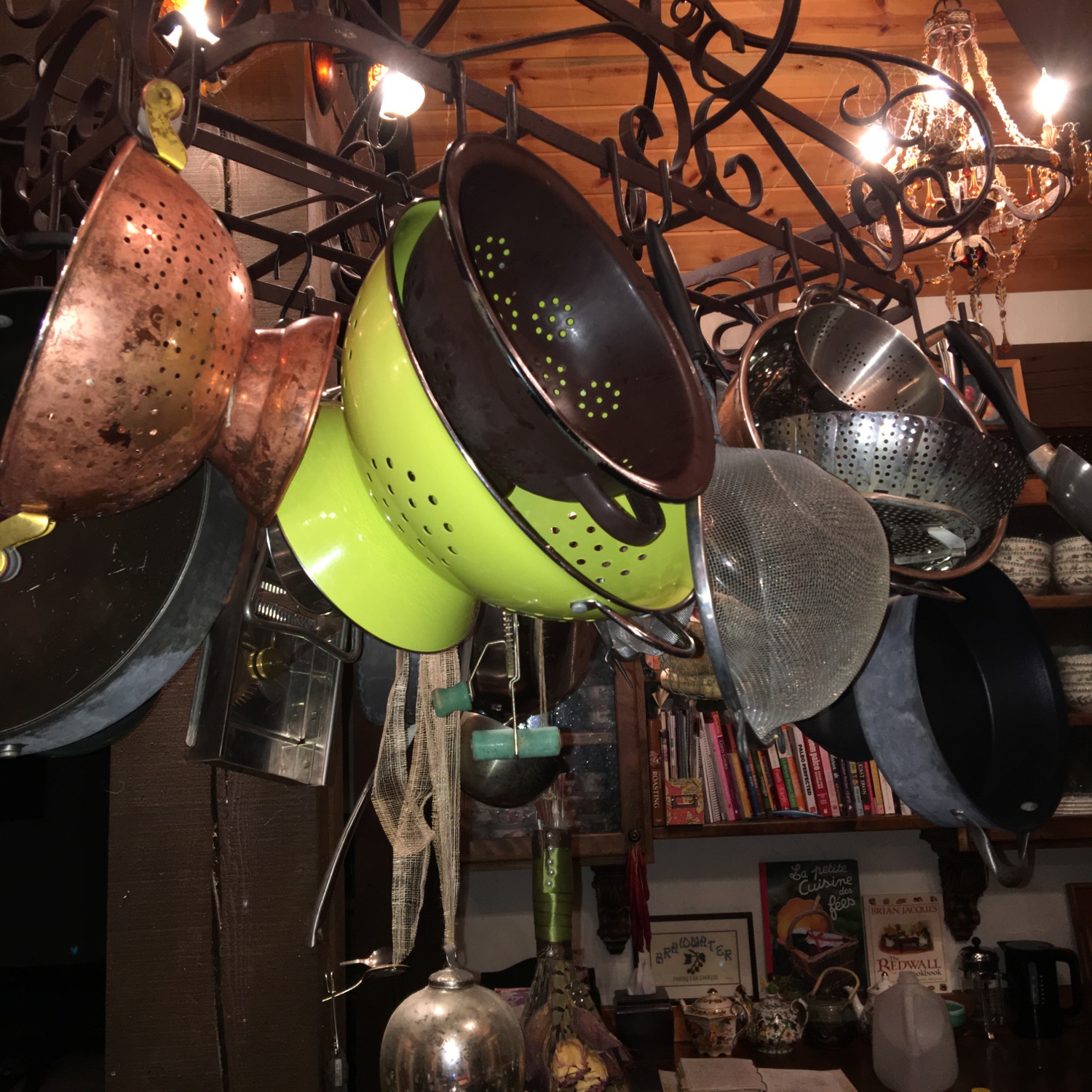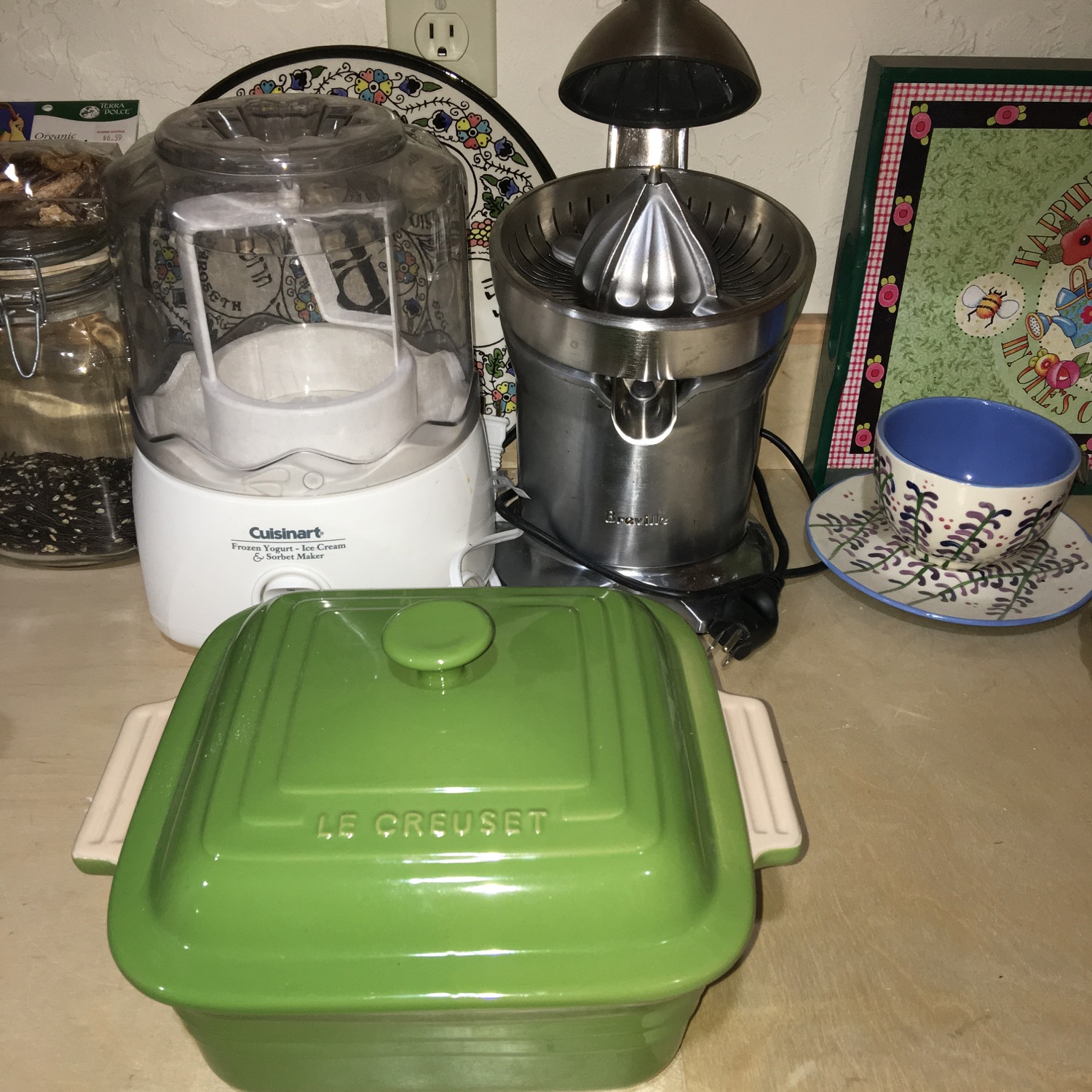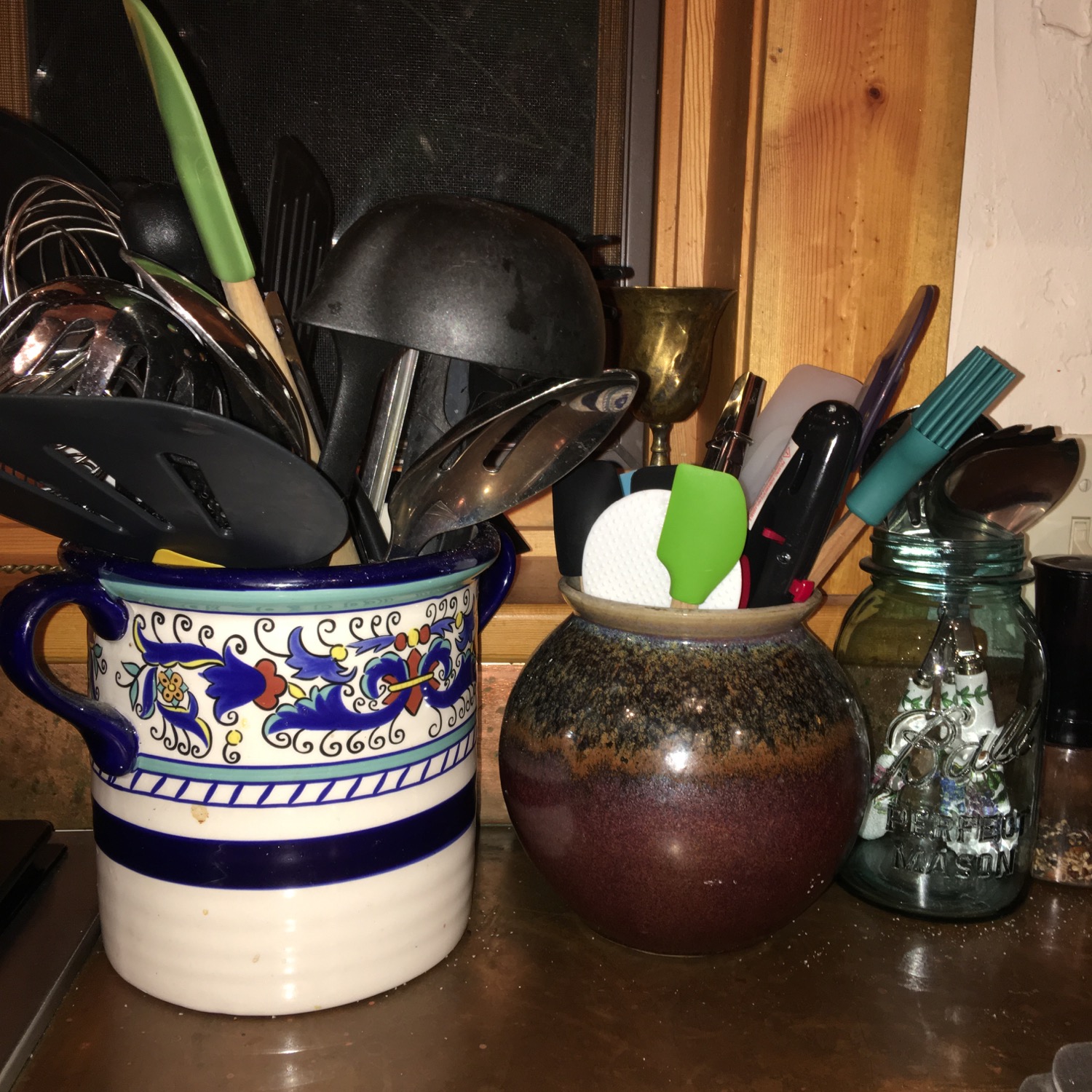In my quest to help people enjoy good nutrition and attain a healthy weight, I have discovered several challenges. Some particular challenges are processed food high in processed carbohydrates, bad fats, sugar and salt, drinks like soda. People consume these, though almost everyone knows they’re bad for you. On the other hand, everyone knows veggies are good for you. And yet, they are seldom eaten by those who really need them.
People don’t use vegetables because they don’t know how to obtain and prepare them. I call this poor vegetable literacy. The exception is of course simple salads. Everyone in America knows salads are healthy, but most salads are so small and plain that they are hardly nutrient dense. I have posted before about hard salads and also about salsas. Our post today is about cooked vegetables.
Cooked vegetables are easy to prepare. As with other foods, they can be steamed, sautéed, broiled, baked, and grilled. There are only a few vegetables that I do not serve cooked. They include lettuces, radishes, and cucumbers. Otherwise, vegetables can be divided into the following categories:
- Cooking greens
- Root vegetables
- Squashes
- Nightshades
Cooking Greens
These include collard greens, spinach, kale and chard. How you prepare then depends on whether they are hard or soft. If they are soft like spinach or chard, then you can simply sauté them. If they are hard, lightly steam them first, them saute in butter, or olive oil. Do not salt or pepper them until they are wilted or you will overdo it. Dress lightly with seasoned rice vinegar or a squeeze of lemon. You may also prepare them with other things like bits of prepared meats, red pepper, or tomatoes. Warning: they cook down dramatically.
Root Vegetables
These include carrots, beets, parsnips, turnips, and rutabaga. Some would include kohlrabi. They are best roasted or sautéed. They can also be steamed to reduce saute time. Most of the work is in the cleaning. All but the smallest and most tender need be peeled. Once sliced, they can be roasted in a hot oven (425) with olive oil salt and pepper. You can roast them in foil with butter or oil or roast them on a shallow pan to get them almost crispy. They can be steamed and then sautéed in a pan with olive oil or butter and flavoring. They then benefit from a sauce. My favorite sauce for root vegetables is herbs, butter, orange and a little honey or agave. The orange is conferred with a tablespoon of frozen orange juice concentrate. I like them cooked until fork tender.
Squash
Here are some healthy carbs. They are vitamin rich too. Since I am impatient and like shorter cooking times, I often peel and cut up my squash. They can be steamed or roasted, then dressed like root vegetables. They can also be made into soup when blended with broth, milk, sour cream or even parmesan cheese. Acorn squash make little bowls when cut in half and the seeds scooped out. For those, I fill them with slivered almonds, dried fruit soaked in wine, mushrooms, onions, and fresh fruit like apples. Then I bake them in moderate heat (350) until soft, which takes the better part of hour. Softer squash like zucchini can be grilled, sautéed quickly in a pain with other vegetables, or tossed into a spaghetti sauce or soup.
Nightshades
These include tomatoes and eggplant. Eggplant is underutilized. When roasted it has significant umami, that meaty satisfying savory-ness. Tomatoes have to be one of my favorite foods. I like them fresh, roasted or dried. They are full of vitamin C and lycopene. They enhance the flavor of other vegetables almost universally. They are good alone.
Learn to love cooked vegetables. Eat them by the plateful. They will love you right back.























